Letter of Intent to Supply Goods Template Guide
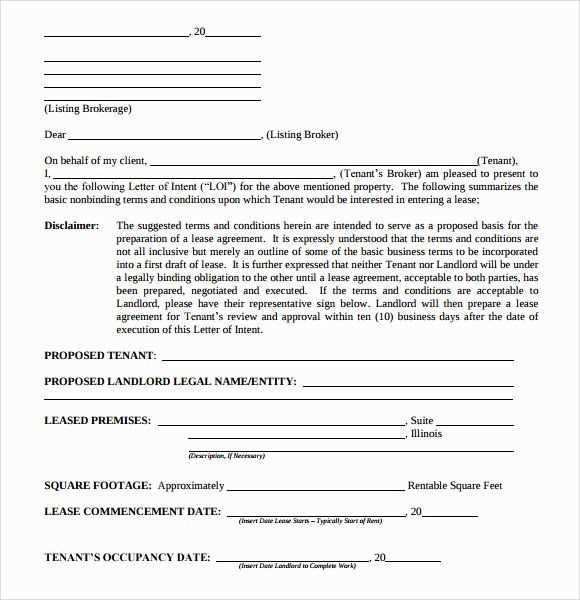
When establishing a professional relationship between two parties, it’s essential to outline mutual intentions in writing. Such documents help set clear expectations and offer a framework for future actions. Properly crafted agreements ensure both parties are on the same page and can prevent misunderstandings down the line.
Creating an effective document for this purpose requires understanding the key components that must be included. These agreements typically outline the terms, conditions, and expectations before the final deal is executed. A well-structured form can provide legal protection and improve communication between involved businesses.
Mastering the process of creating such documents can save time and reduce risks in business transactions. By using an accurate and detailed format, businesses can ensure smooth negotiations and minimize potential conflicts.
Understanding the Letter of Intent
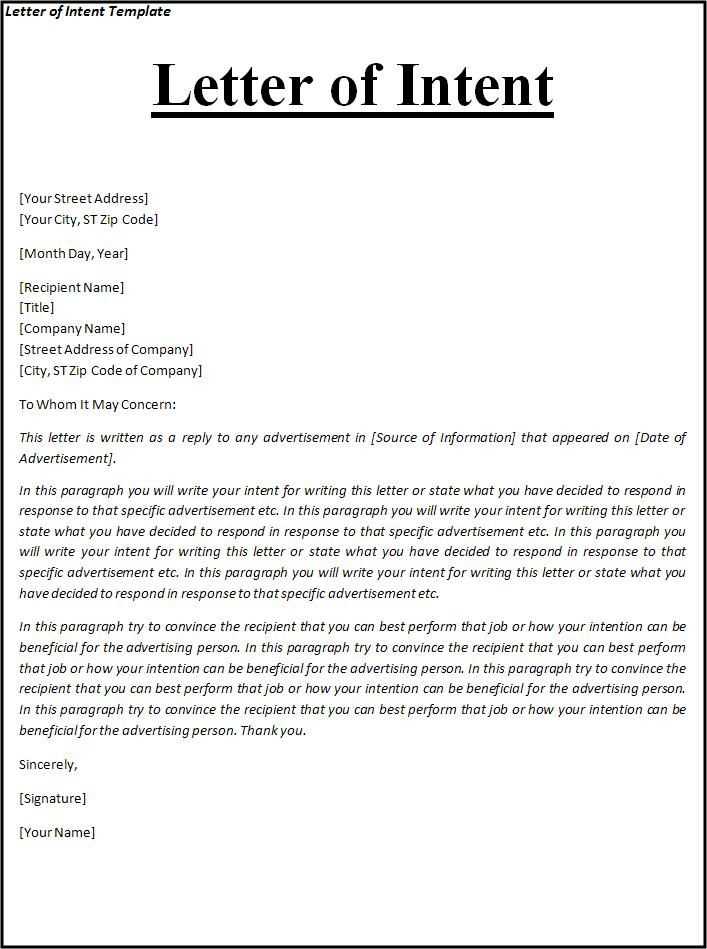
In business, documents that express the preliminary commitment between two parties play a crucial role. These agreements set the stage for more formal contracts and define the scope of the collaboration or transaction. They act as a foundation for future steps and ensure both parties agree on basic terms before engaging in more complex negotiations.
Such documents typically contain key information, including:
- General objectives and purpose of the agreement
- Outline of expected actions or deliverables
- Preliminary terms for a final contract
- Dates and timelines for execution
By drafting this form, businesses can clarify their intentions and reduce the risk of misunderstandings. These agreements are particularly valuable in situations where a detailed contract is not yet ready but both parties wish to move forward with basic terms in place.
Importance of a Supply Agreement
Having a formal agreement between businesses is essential for a successful collaboration. It sets expectations, defines responsibilities, and provides a clear framework for the relationship. Without such an agreement, misunderstandings and disputes can arise, leading to complications that could harm both parties involved.
These documents serve as a reference point in case of disagreements, ensuring that both sides are held accountable for their commitments. They also help establish the rights and duties of each party and outline the specifics of the transaction, including pricing, delivery schedules, and quality standards.
| Benefit | Description |
|---|---|
| Clarifies Expectations | Ensures both parties understand their roles and responsibilities. |
| Reduces Risks | Minimizes potential for disputes and misunderstandings. |
| Legal Protection | Provides a legal framework in case of issues or breach of terms. |
| Improves Communication | Sets the foundation for clear, ongoing discussions throughout the process. |
In any transaction, whether small or large, having a detailed agreement in place fosters trust and smooth operations between businesses. It lays the groundwork for a long-term relationship built on mutual understanding and respect.
How to Draft a Letter of Intent
Creating an effective agreement begins with understanding the essential elements needed to outline an arrangement between parties. A well-written document can serve as a clear starting point for negotiations and formal agreements, ensuring both sides are on the same page before finalizing a contract. The drafting process involves capturing the basic details and intentions in a structured manner.
Key Components to Include
The document should address key areas that define the nature of the relationship and set expectations. Consider including the following sections:
- Parties Involved: Clearly state the names and roles of each party involved in the transaction.
- Purpose and Goals: Define the overall purpose of the arrangement and any key objectives.
- Terms and Conditions: Outline the agreed-upon terms such as prices, timelines, and specific deliverables.
- Confidentiality and Non-Disclosure: Include clauses that protect sensitive information.
- Timeline and Deadlines: Specify the deadlines for different phases of the agreement.
Review and Finalization
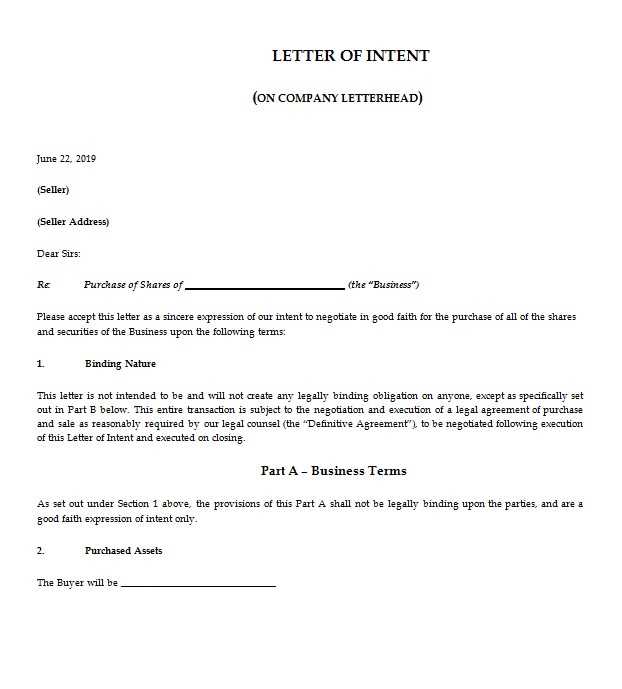
After drafting the document, both parties should review it to ensure it aligns with their understanding and objectives. This review process helps identify any missing details or potential issues before moving forward with more formal agreements. Once both sides agree on the contents, the document can be signed, signifying a mutual commitment to proceed with the agreed terms.
Key Elements to Include in the Letter
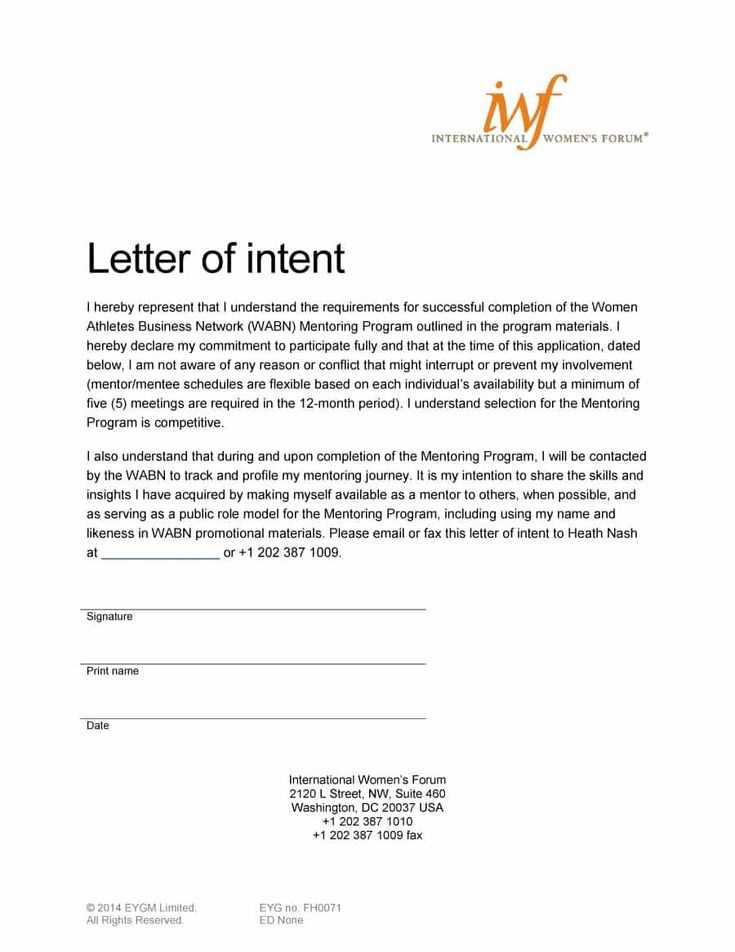
To ensure clarity and avoid misunderstandings, it’s important to include specific elements in a document that outlines the intentions and expectations of both parties. These components provide the structure for the agreement and help make the terms clear and enforceable. A well-organized document allows both sides to understand their roles and responsibilities from the outset.
Basic Information and Overview
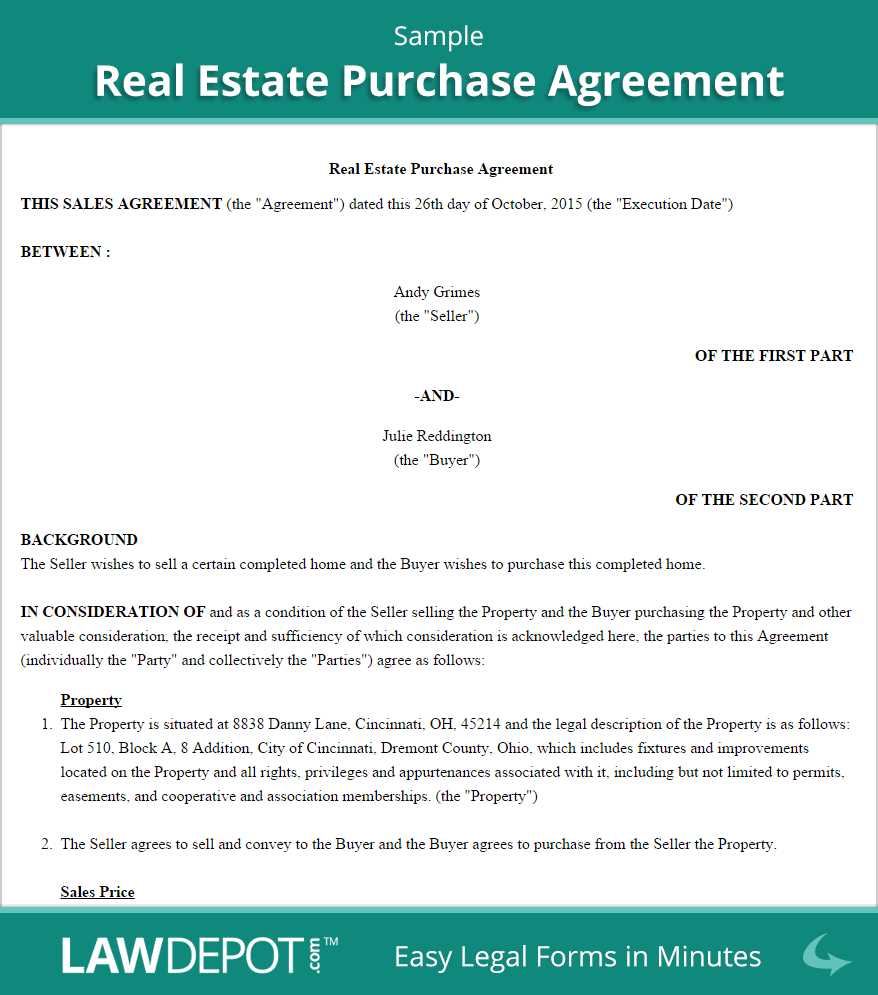
The first section should provide a general overview of the arrangement, including:
- Identification of the Parties: Clearly identify who is involved in the agreement, including names and business roles.
- Purpose of the Agreement: Describe the primary objective or goal of the collaboration or transaction.
- Background Information: Provide any relevant context or history to explain the need for the agreement.
Terms and Conditions
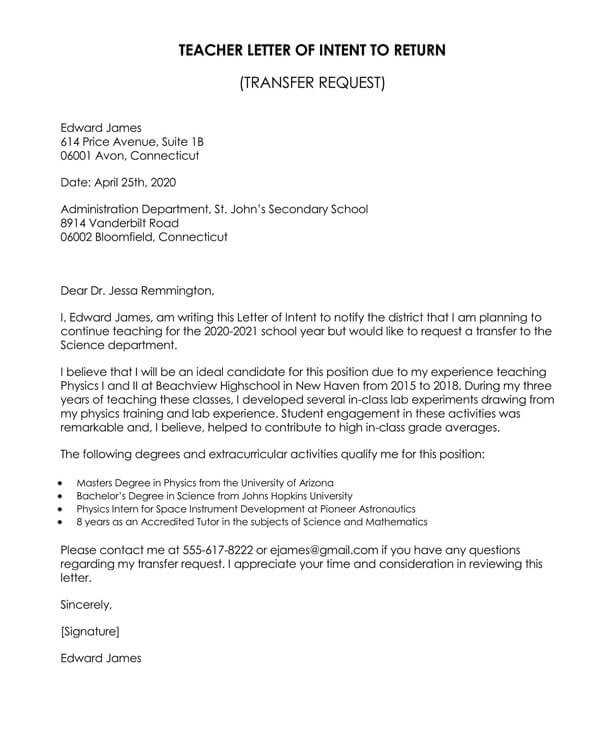
The next part outlines the specific terms that define the working relationship. This includes:
- Responsibilities and Obligations: Clearly state what each party is responsible for delivering or performing.
- Timeline and Deadlines: Define the timeframes for key actions and the overall timeline for the agreement.
- Financial Terms: Include any payment structures, pricing, and invoicing details, if applicable.
- Confidentiality or Legal Clauses: Add provisions that protect sensitive information and address legal requirements.
By including these key elements, businesses can ensure that both parties have a clear understanding of the expectations and can proceed with confidence toward a formal agreement.
Legal Considerations for Supply Letters
When creating an agreement between two parties, it’s essential to consider the legal aspects that govern the document. These considerations ensure that the arrangement is binding and protects both parties’ rights. Failing to address legal requirements can lead to disputes, unenforceable clauses, or an invalid agreement.
One of the most important factors is ensuring that the agreement complies with relevant laws and regulations. Both parties should be aware of their legal rights and obligations under the terms of the agreement. This can include issues related to intellectual property, payment terms, and dispute resolution mechanisms.
Additionally, it’s crucial to include clauses that govern:
- Jurisdiction: Determine the legal location where any disputes will be resolved.
- Termination Clauses: Define the conditions under which the agreement can be terminated.
- Force Majeure: Address unforeseen circumstances that may prevent fulfillment of obligations.
- Liability: Clearly state the extent to which each party is liable for damages or losses.
By addressing these key legal considerations, businesses can create an agreement that is legally sound and minimizes the risk of future conflicts. Ensuring that the terms are both clear and enforceable is crucial for any professional relationship.